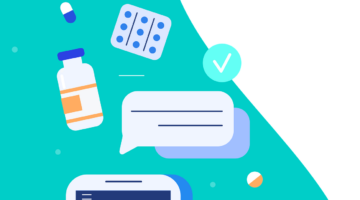AdhereTech has developed and shipped a new generation of smart pill bottles designed to record when users take their medication to support adherence.
The bottles continue to light up, buzz and send text and voice messages reminding users of pre-scheduled dosages.
In response to questions, Adhere Tech co-founder and CEO Josh Stein outlined some of the major differences between the first and second generations of the bottles.
Connectivity
Gen 2 is designed for an international audience. Its worldwide cellular chip allows it to connect automatically anywhere. The previous version worked only in North America. AdhereTech now has an API for app and system integration.
Appearance
The second generation bottle has also gone through a design makeover so that it more closely resembles a normal pill bottle. Stein said it made the change based on feedback from its users. The bottle is also smaller, but the internal volume is larger.
User experience
The cap is larger to make it easier to open. The mouth of the bottle is larger so that it is easier to fill with medication and access.
Durability
The battery life of Gen 2 is six months compared with two months on the first version. Gen 2 has a usable life of 5 years.
Production
The Gen 2 bottle is produced by one of the largest manufactures in the U.S. to accommodate scale.
AdhereTech raised $1.75 million last year to support product development and produce a new generation of bottles that would be smaller and easier to mass produce.
Among its collaboration partners are Weill Cornell Medical College, Walter Reed Medical Center and AARP. It also works with pharmaceutical companies as part of the beyond the pill trend as pharma companies explore ways to use digital health services to improve adherence, but it declined to name them.
Several digital health companies have taken different approaches to cracking the complexities and high cost of medication nonadherence from remote monitoring, apps, automated reminders by email and phone, and other methods










